

Please do not go out and spend all your brass on new gear– there’s no need, believe us. Your dog won’t care how much you spent, so please don’t worry about buying all of the very best dog training equipment in the UK!
The world is full of people eager to sell you the latest thing, claiming it will solve all your training problems. You can't go out and buy a set of chisels and suddenly become a master carpenter. It's the same for dog training. Having the right kit helps, but knowing how to use it is what will ensure success.
On your first day we will go through kit with you to explain the basics of what you will need to train your dog. There's nowt wrong wi' a good ol' fashioned collar and lead, especially when you have good training in how to use 'em!'
There are many types of dog training equipment on the market. Below is a guide to the most popular kit that’s often used during our training sessions.
The gear listed here is by no means an exhaustive list. Every dog is different and as long as it does no harm and it works, then it's good kit. Remember, dog training should be fun, so the equipment you use needs to ensure that both you and your dog can enjoy using it.
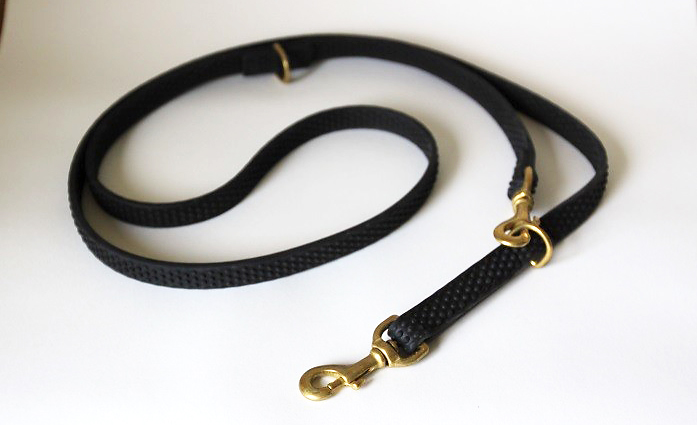
Training Lead
Extra rings make these adjustable in length to allow you to work further away from your dog. Leather is best but is more expensive.
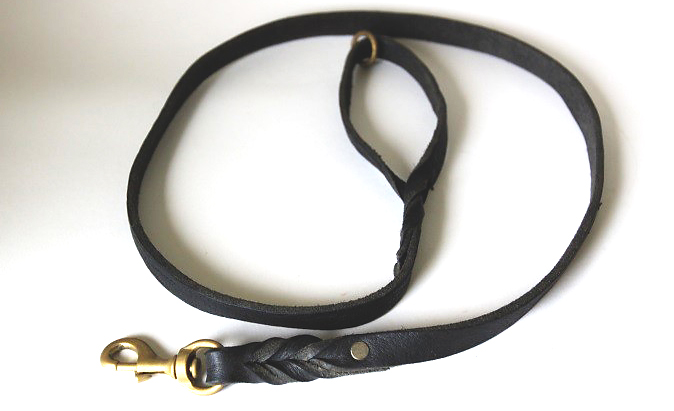
Normal Lead
Ideally 3 to 4 feet long and made of something comfortable to hold. Avoid seatbelt type fabrics as these can be uncomfortable for you.
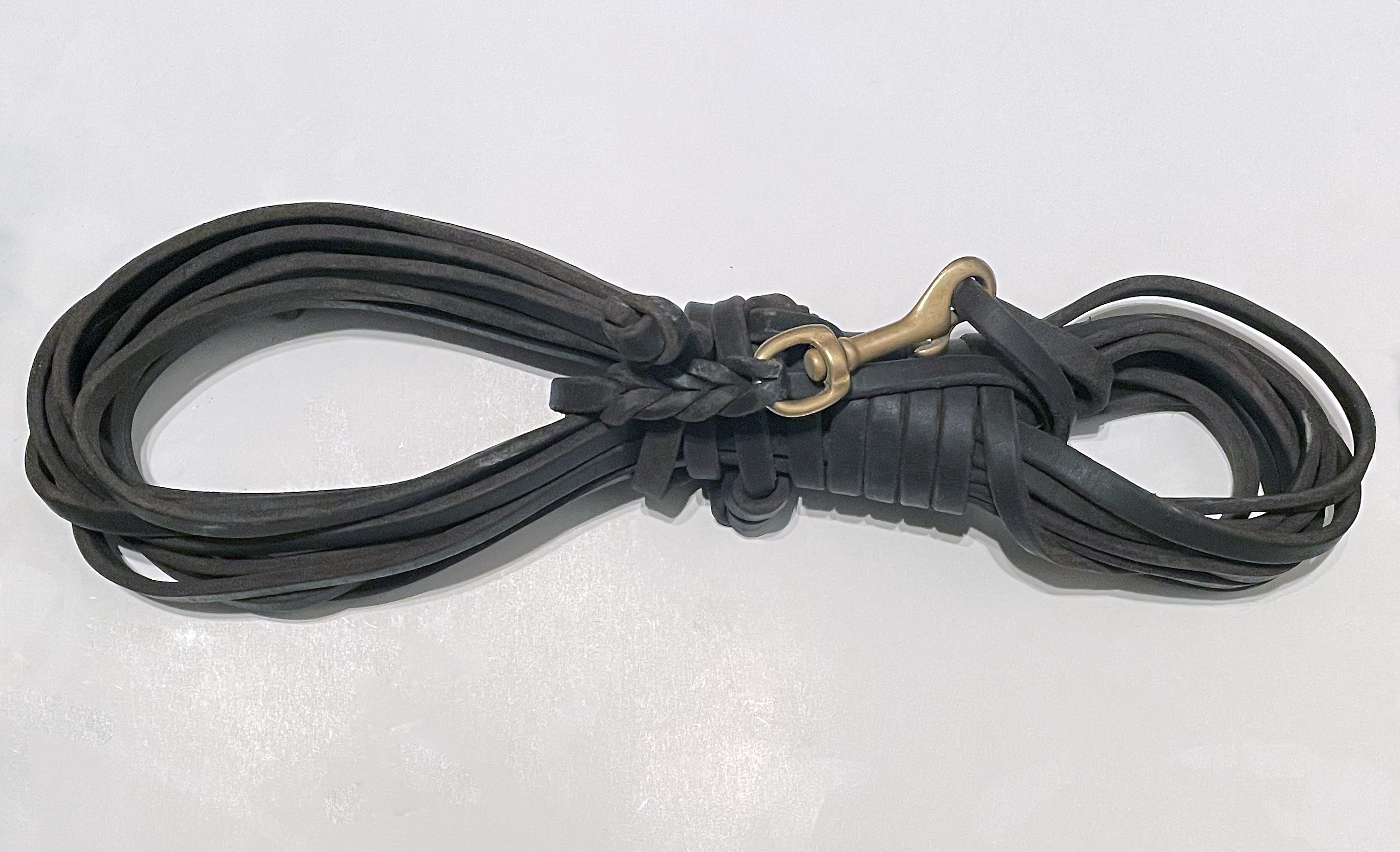
Long Line
Allows you to work a dog as though it is off lead but retain control if needed. Please ask an instructor about correct and safe use.
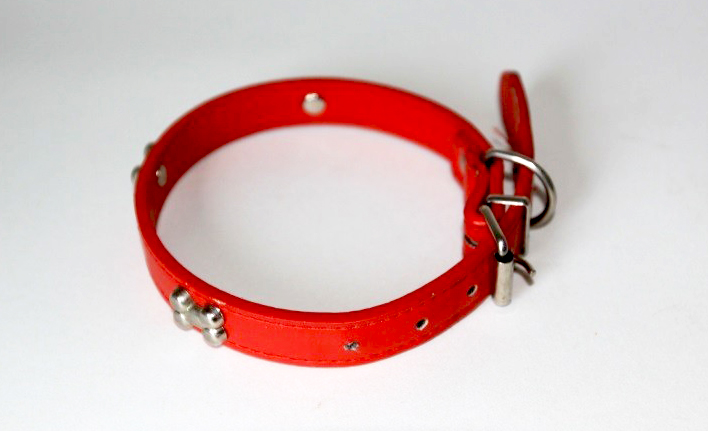
Buckle Collar
These need to be adjustable for a growing dog and secure. Snap together type buckles are best avoided as they can come undone.
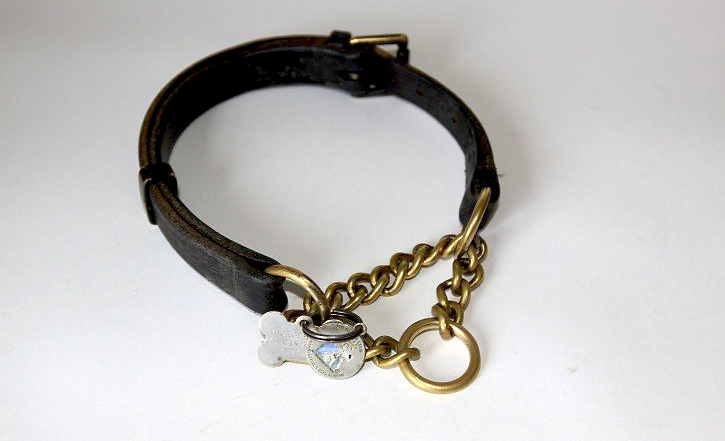
Half Check Collar
Offers the benefits of a full check chain without as much risk, not suitable for young pups. Needs to be used correctly to avoid injury.
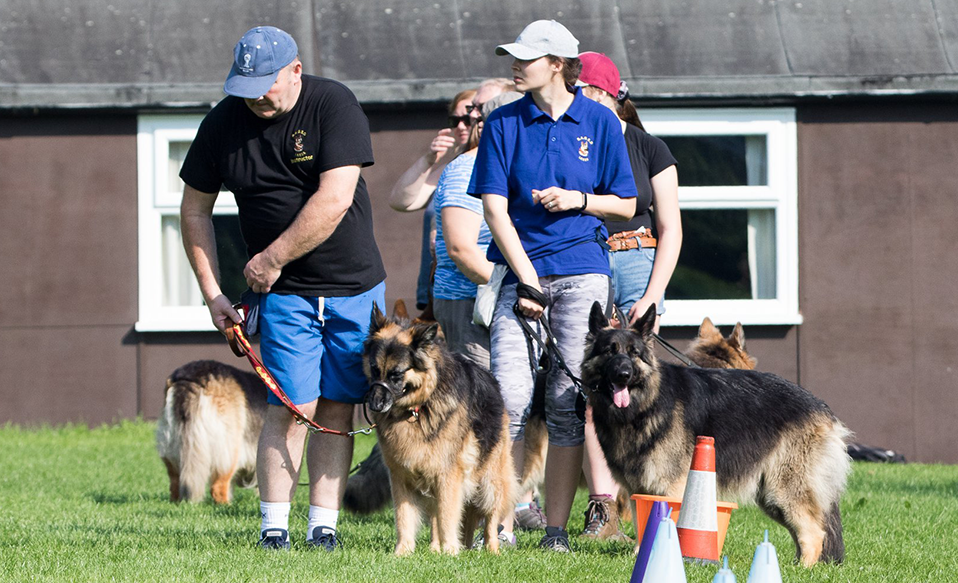
Head Collar
Similar to a horse halter a head collar can give more control, especially if you have a puller. Must be used with care, not good for puppies.
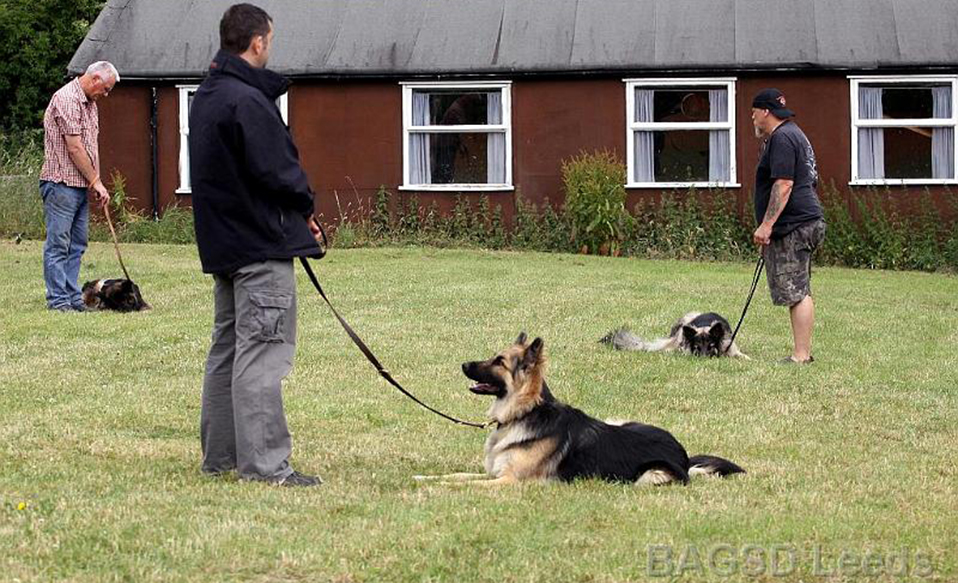
Treat Bag
Allows easy and fast access to training treats. Avoids you finding something 3 months old and 'orrible lurking at the bottom of a pocket.
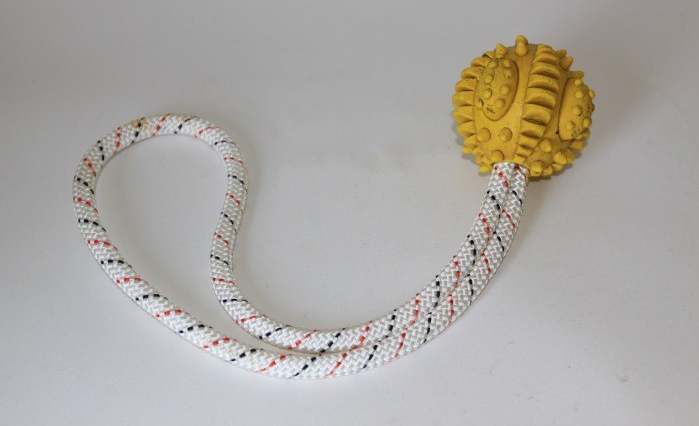
Ball on Rope
Balls should always be on a rope to avoid the risk of choking. Also a ball on a rope is another interative toy that you can play with together.
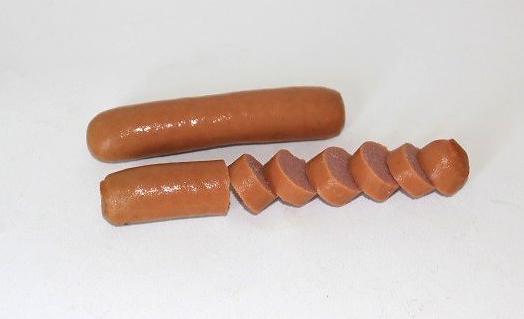
Treats
What's best? Your dog will tell you that! Something small, soft and easily swallowed. Avoid hard or biscuit based treats.

Training Bag
Essentially a sports bag for your training kit. Containing all your kit and your dog's kit so you never forget that essential item.
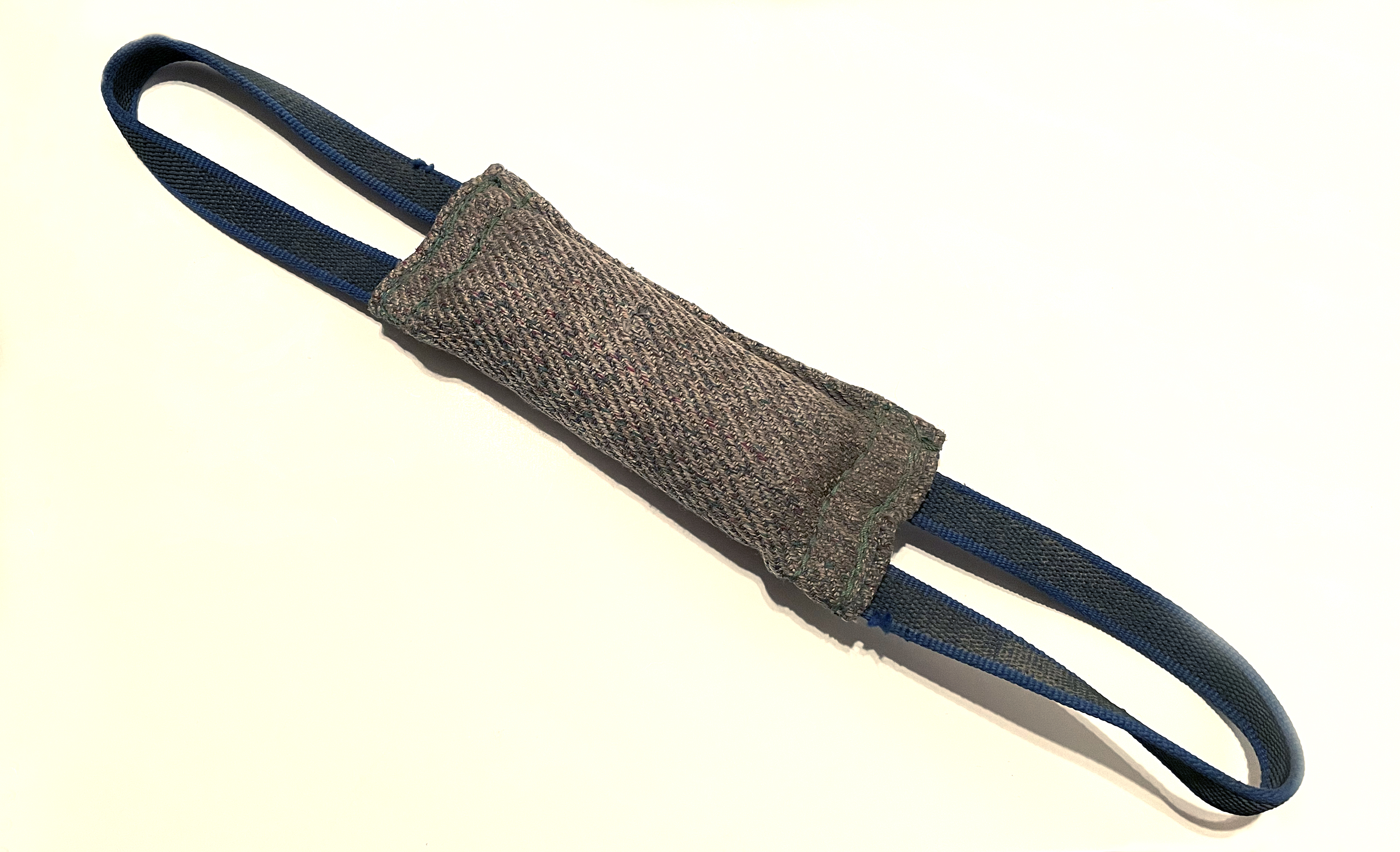
Bite Toy
Some dogs love to use their mouths. A bite toy offers a dog an outlet for the behaviour and is an interactive, fun toy for you both.
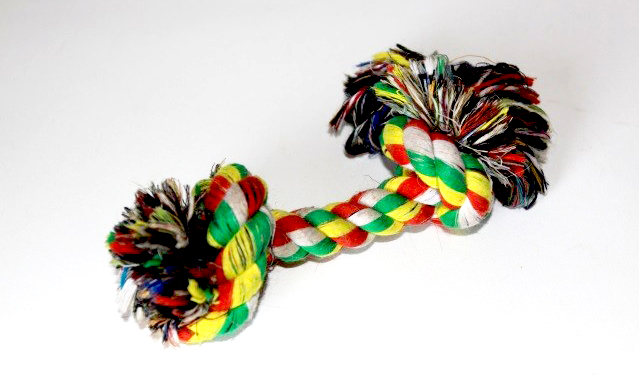
Rope Tug
A soft rope or fleece tug type toy allows you enjoy interactive play with your dog. This is an important way of building your bond.
Having the right kit helps but knowing how to use it will ensure success.
There's no need, believe us your dog won't care how much you spent on it.
Dogs work best when they are having fun. Dont be too serious, just play.